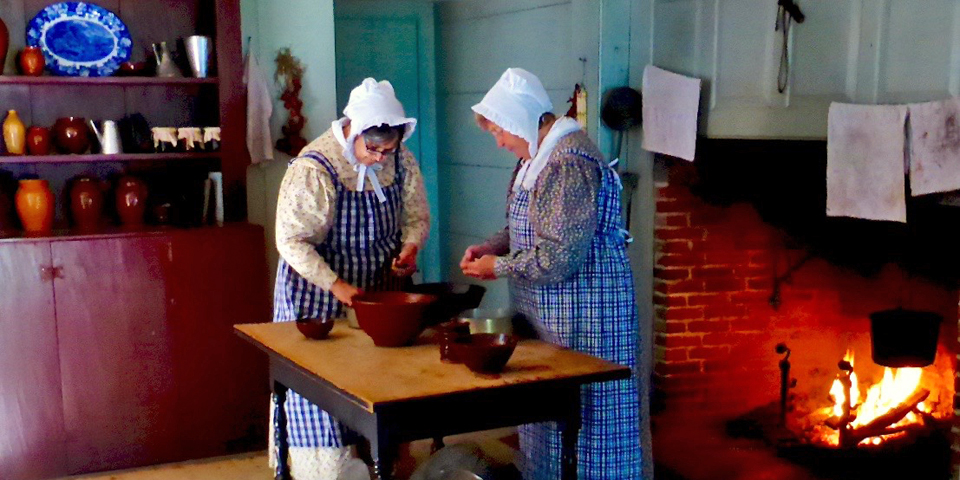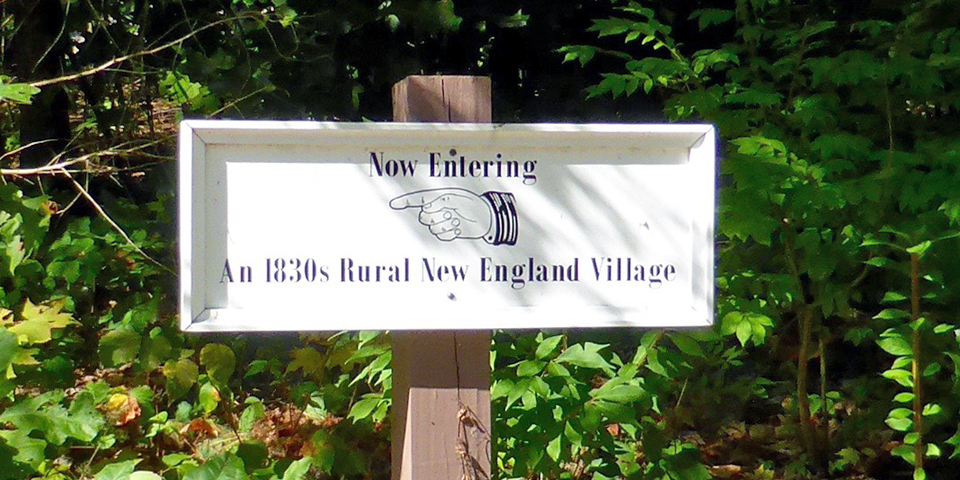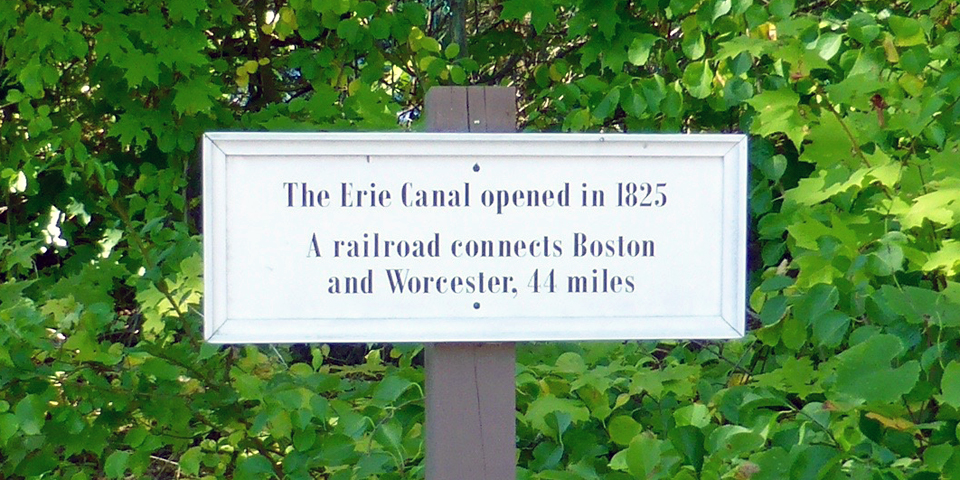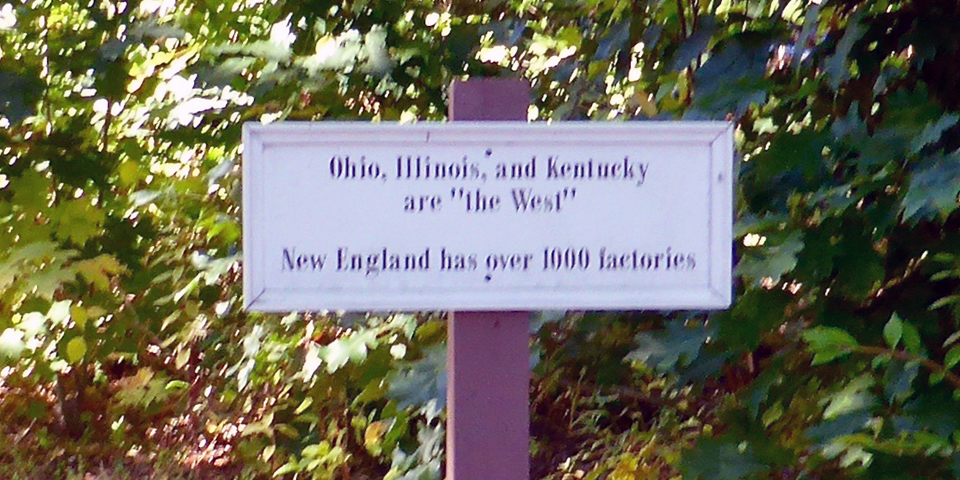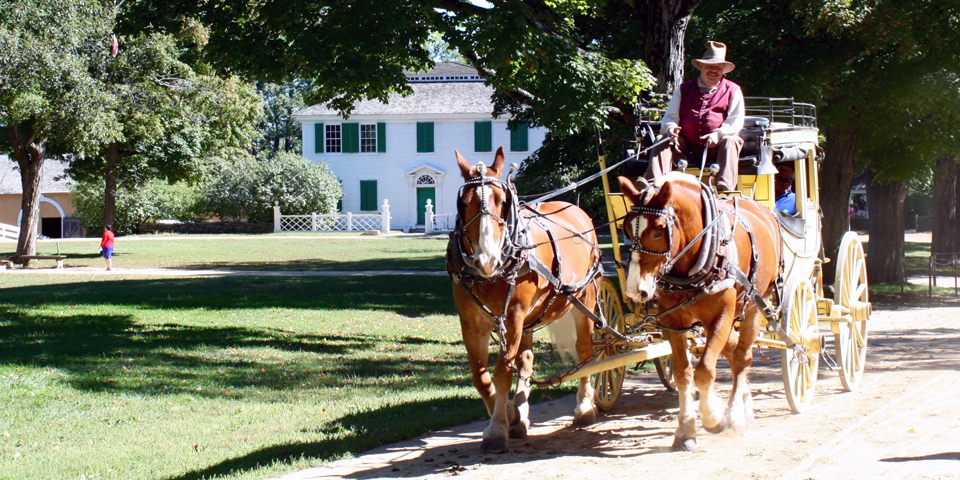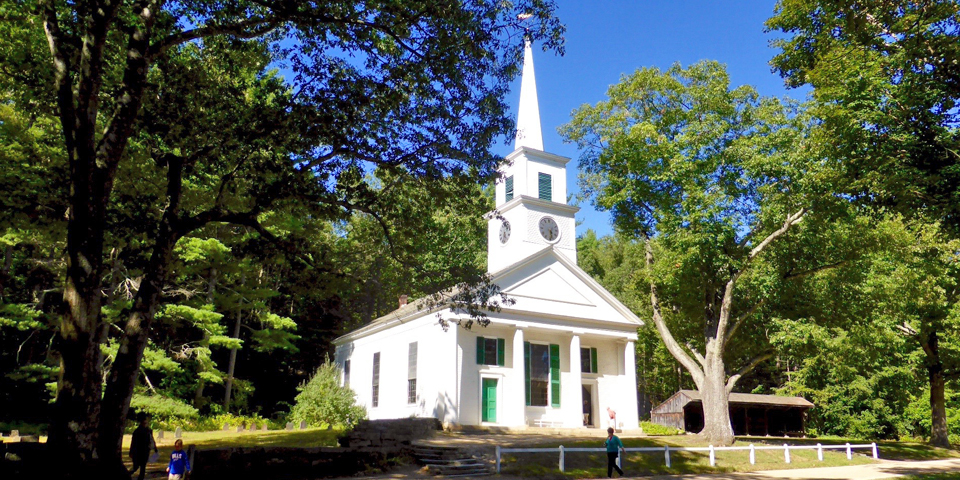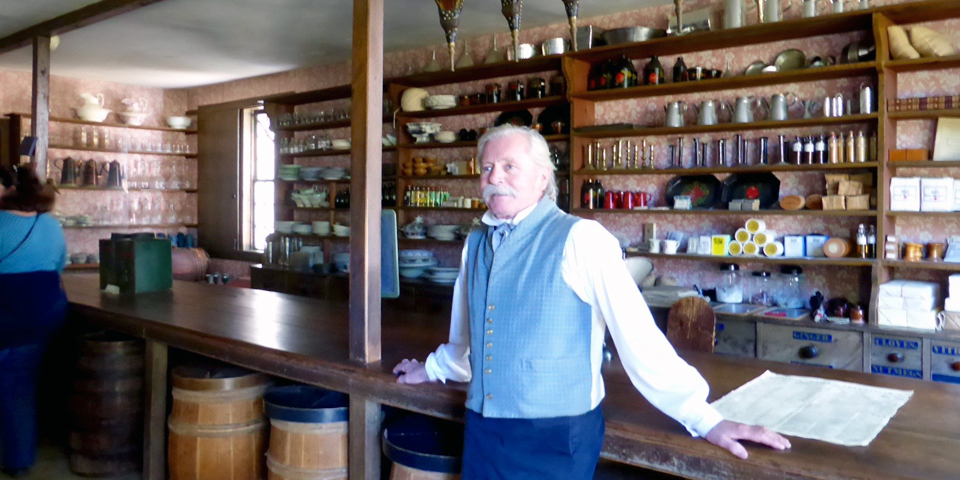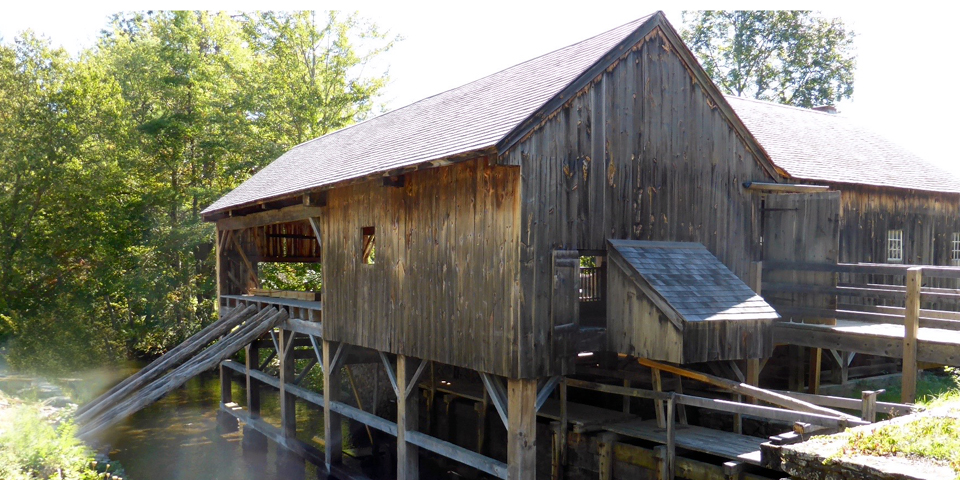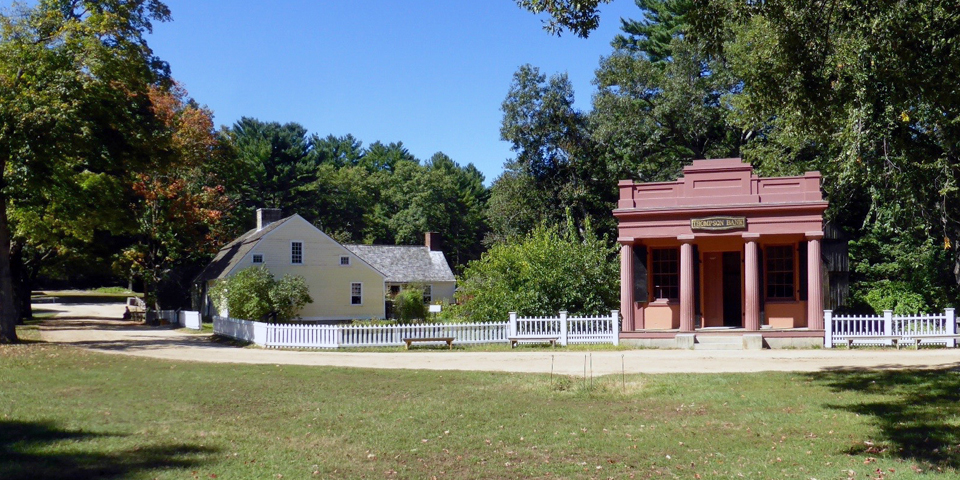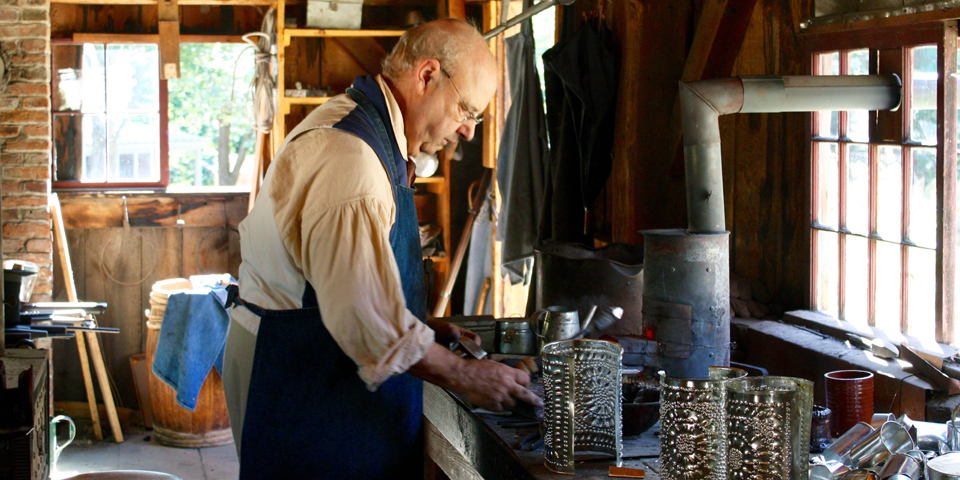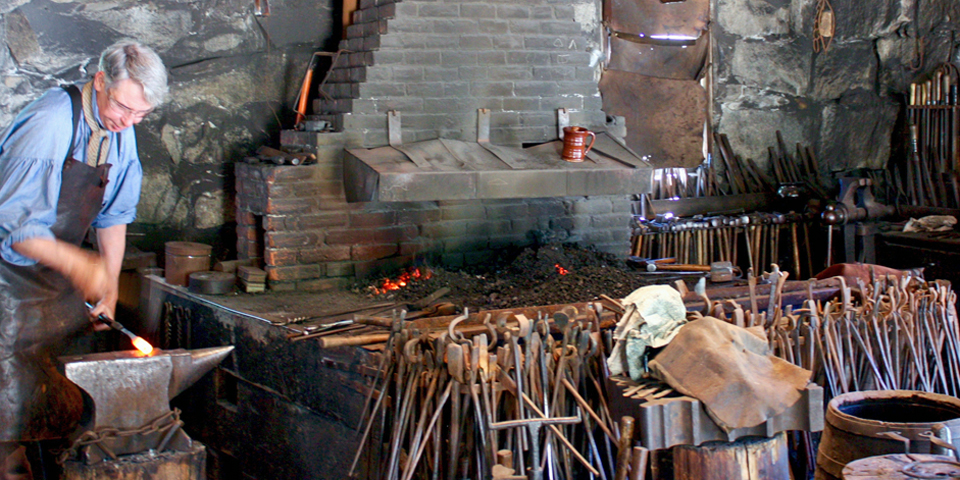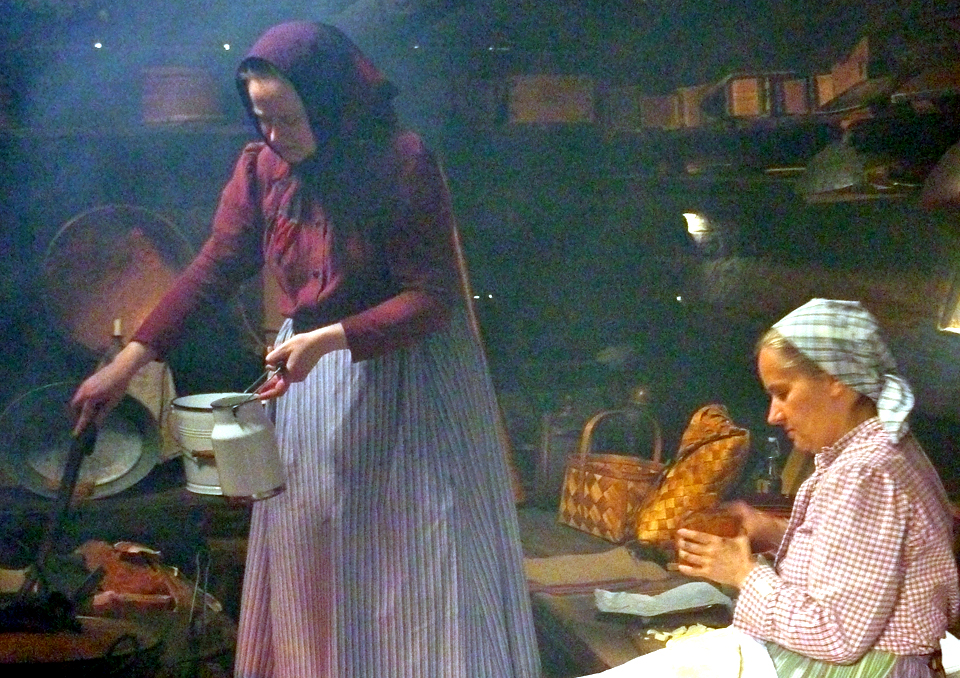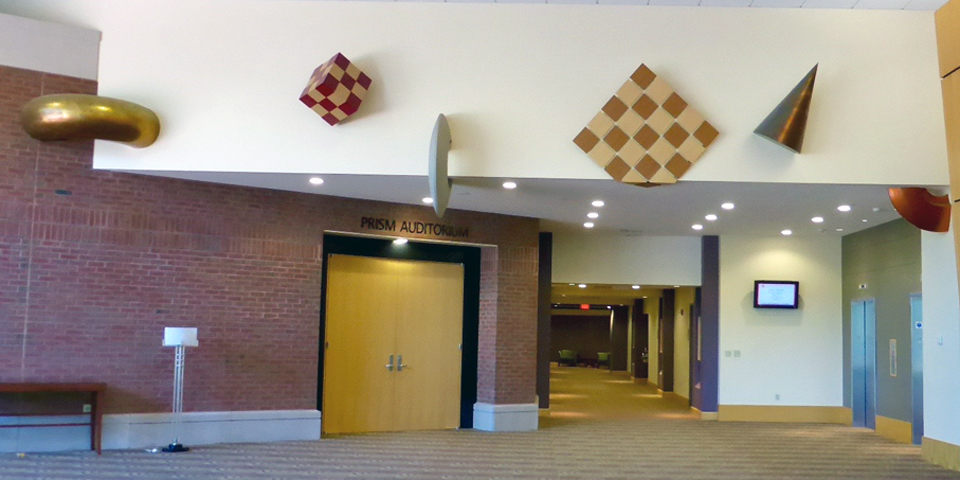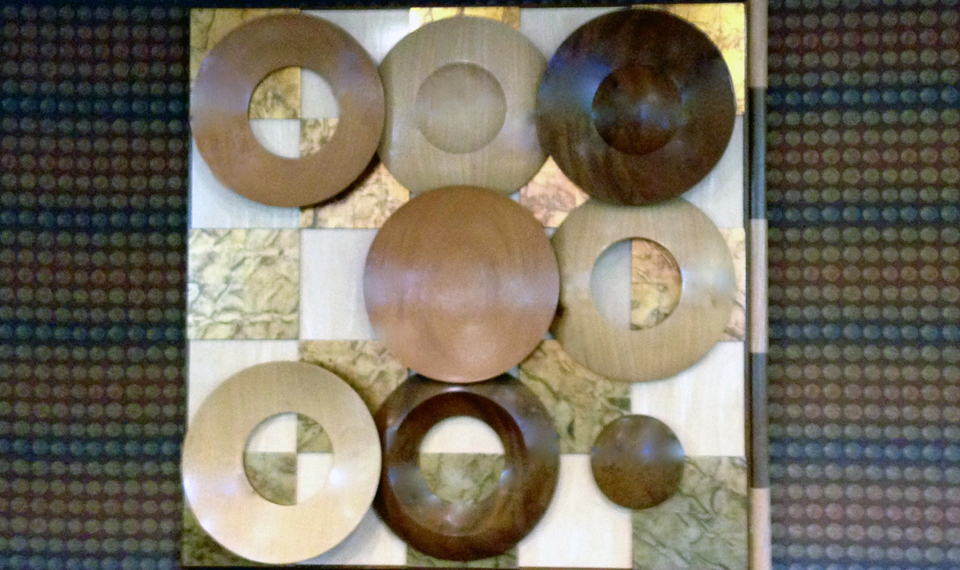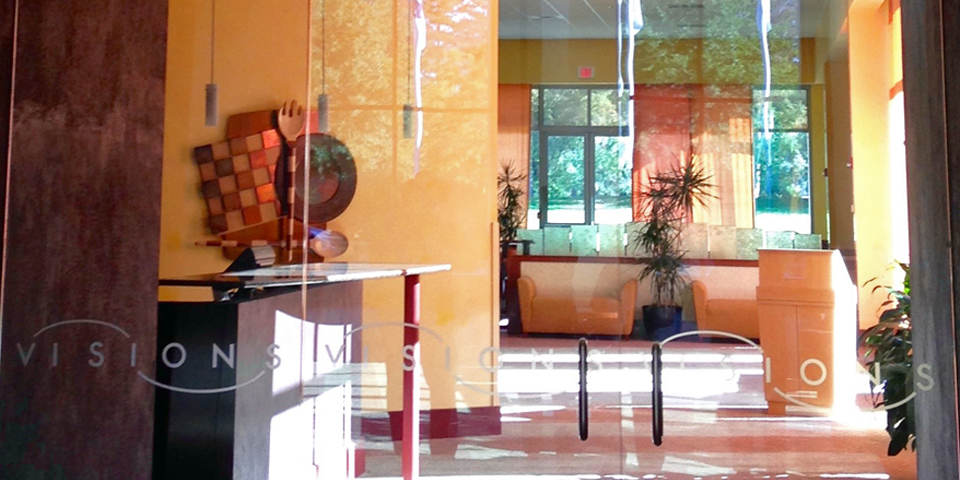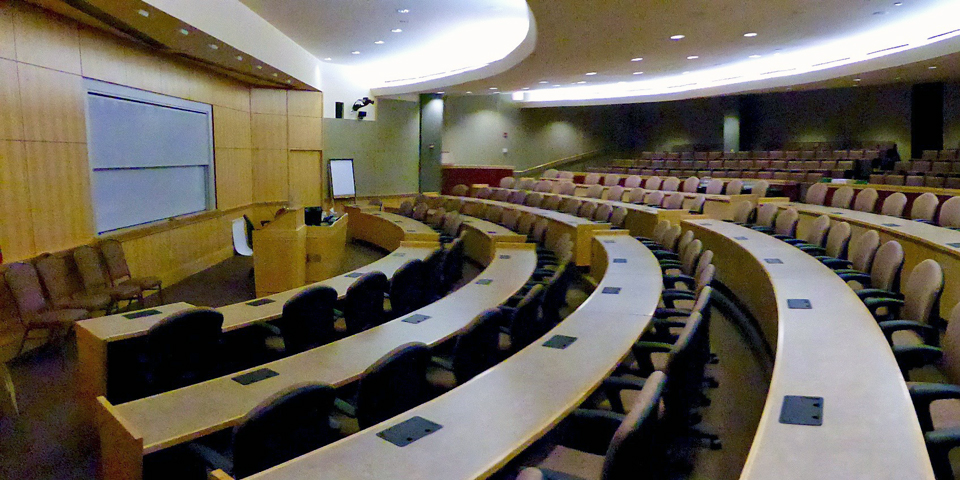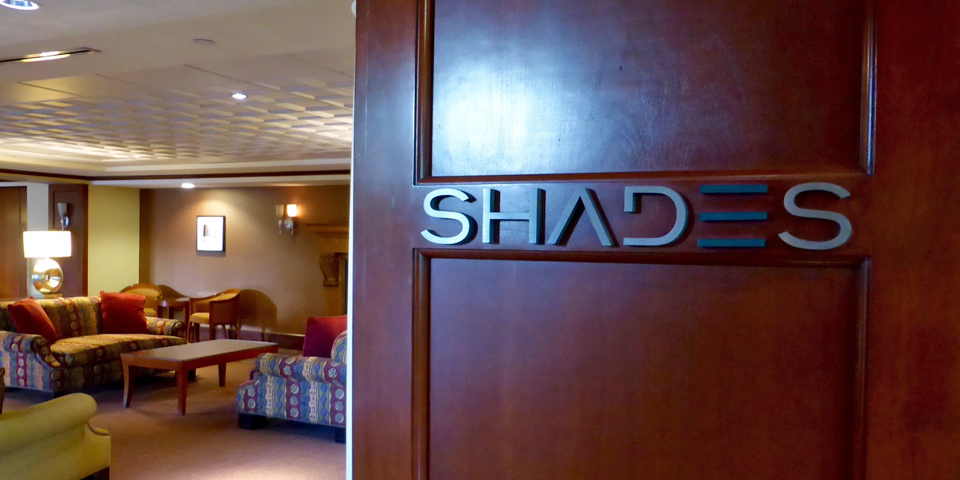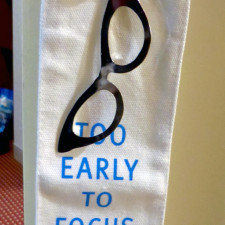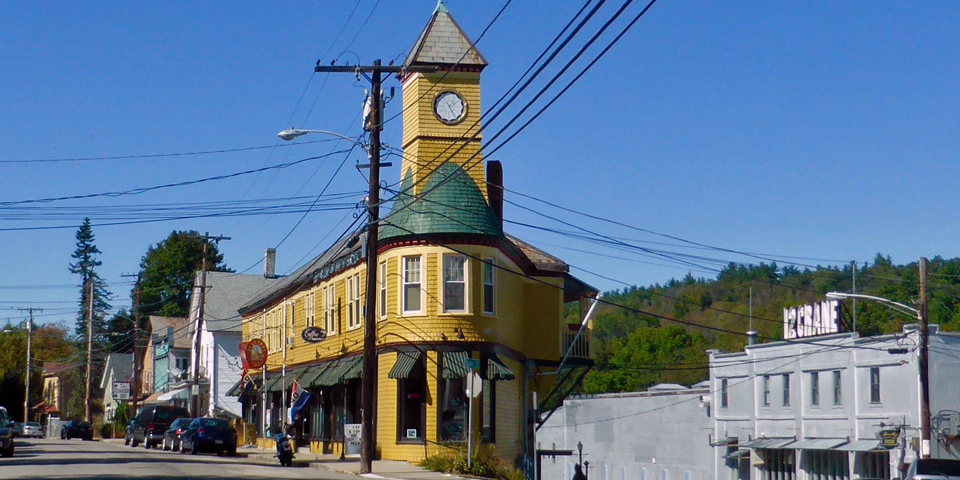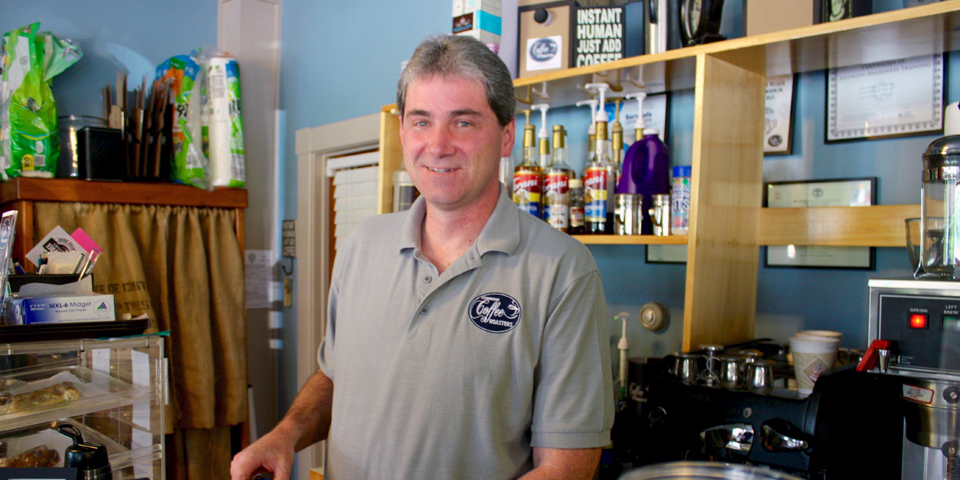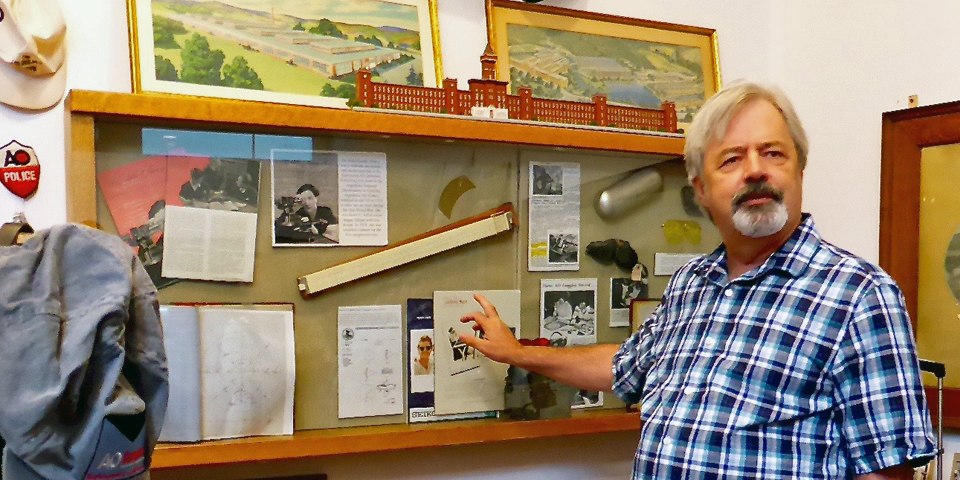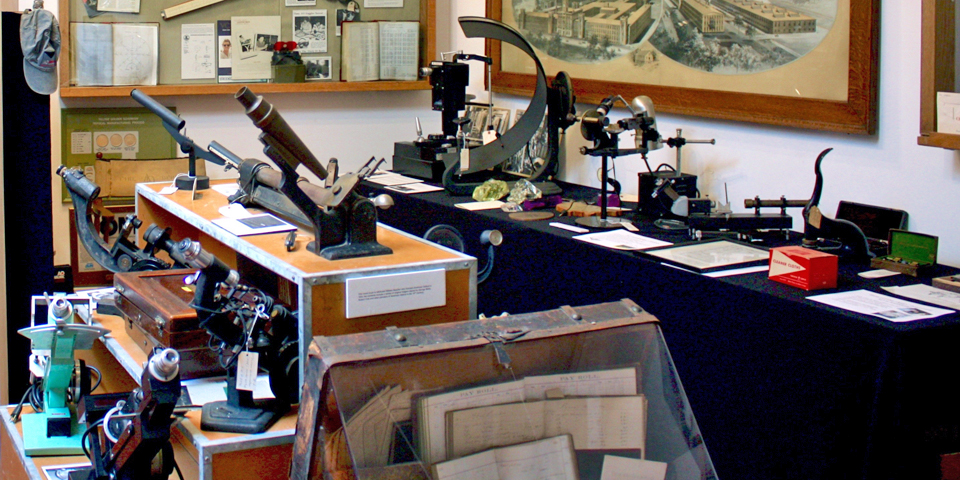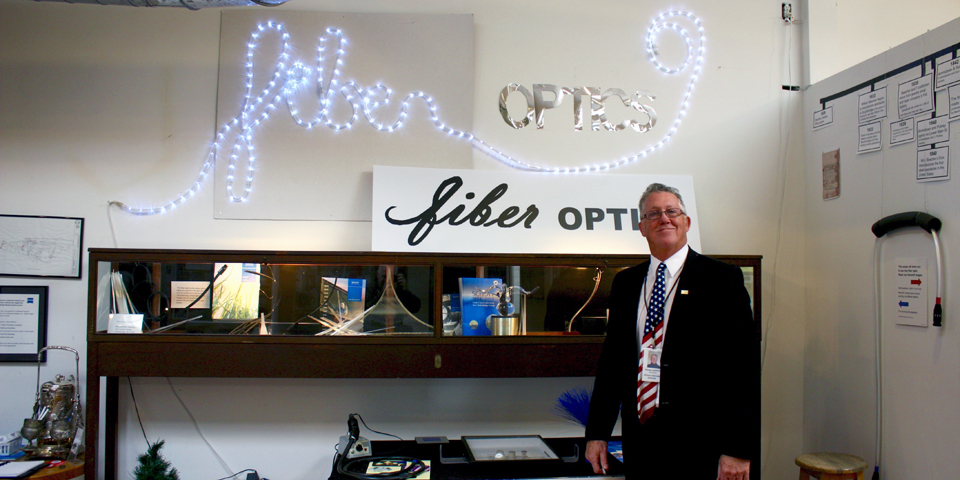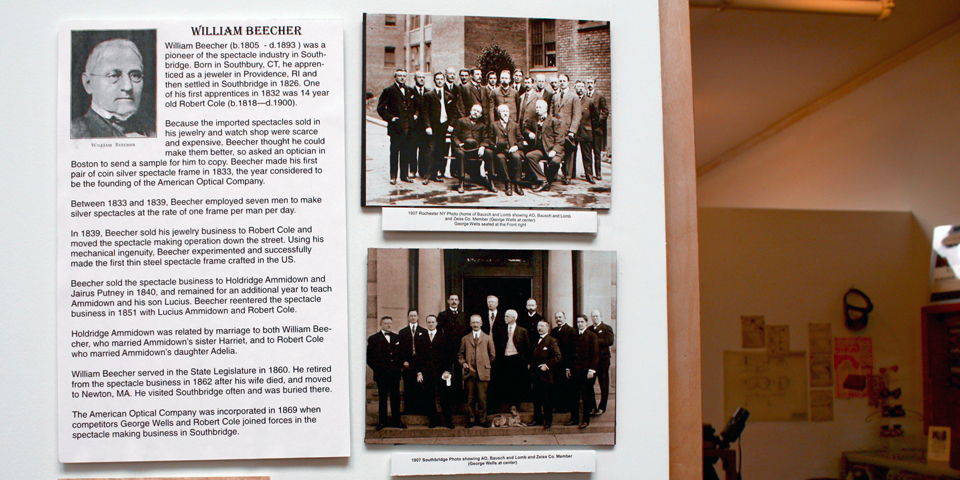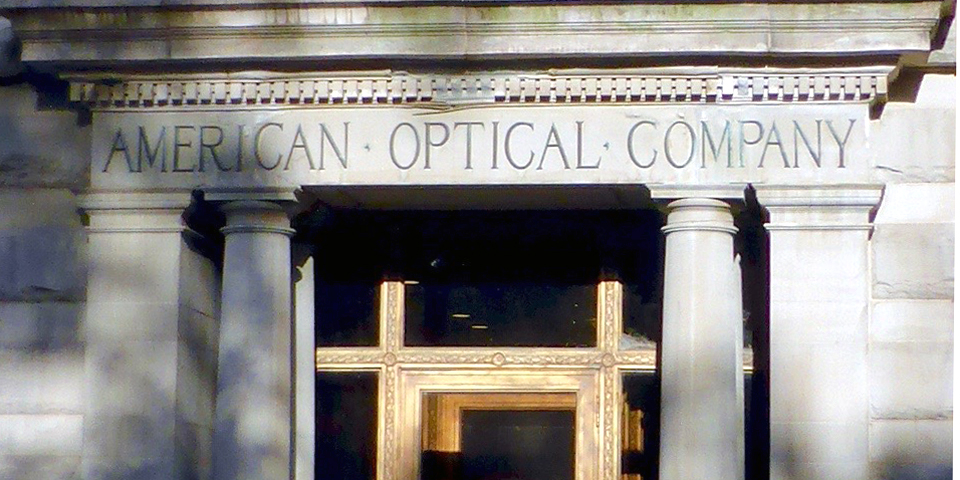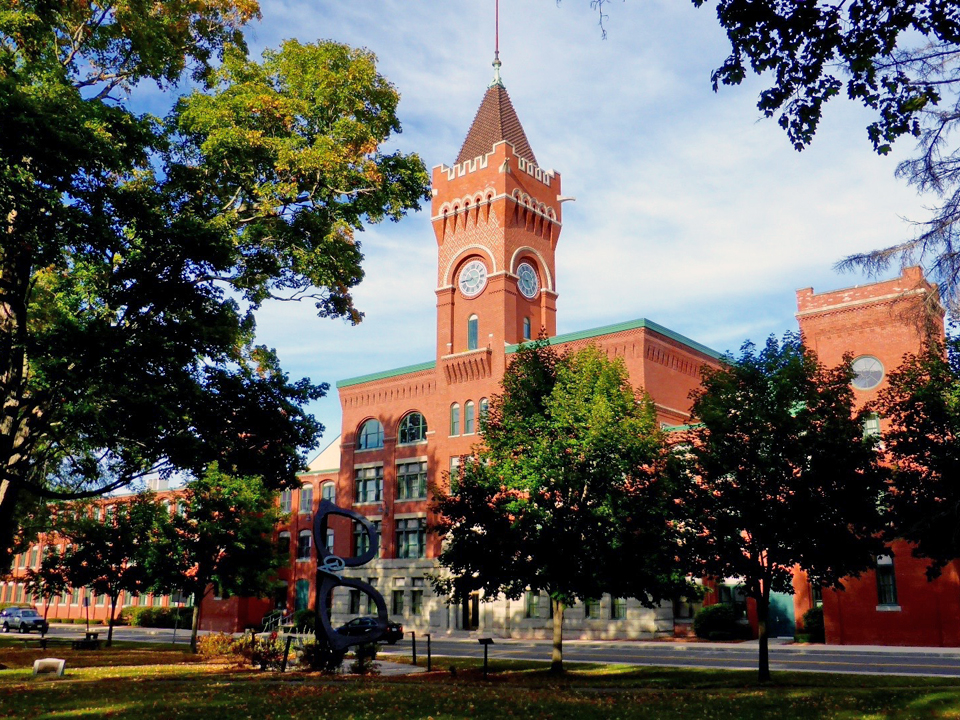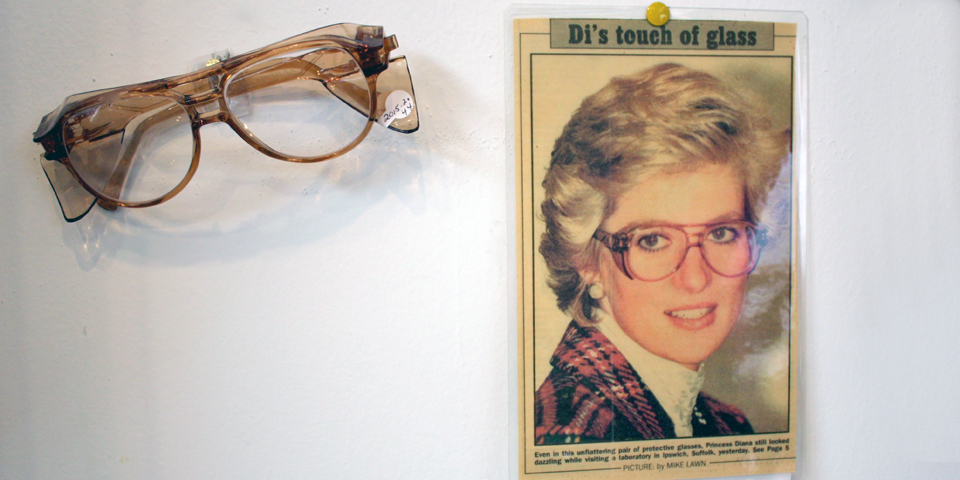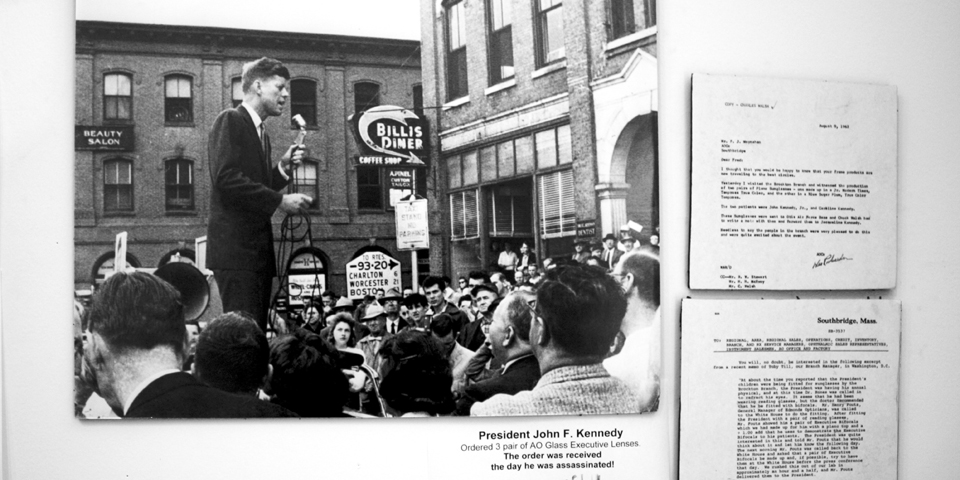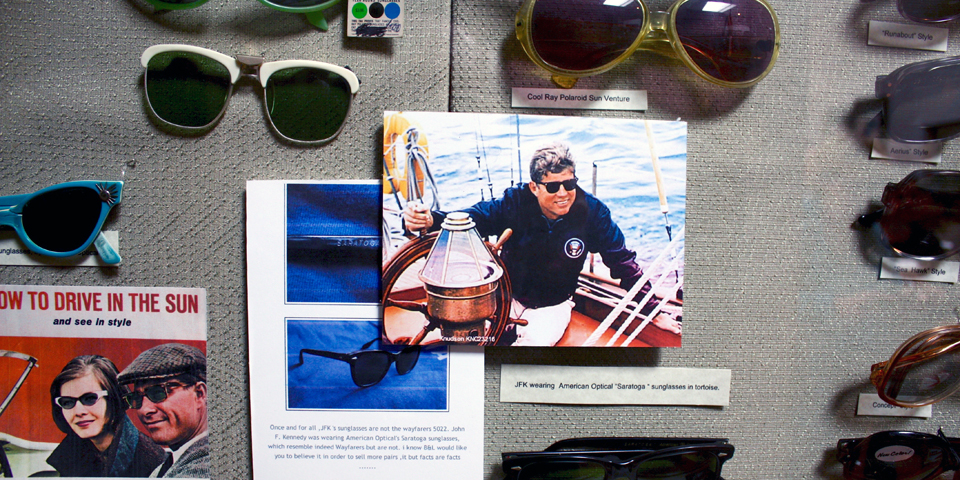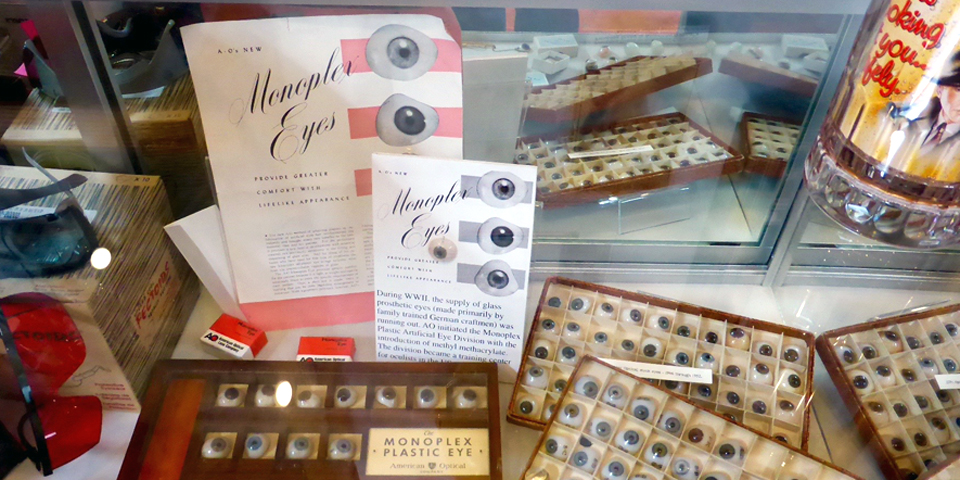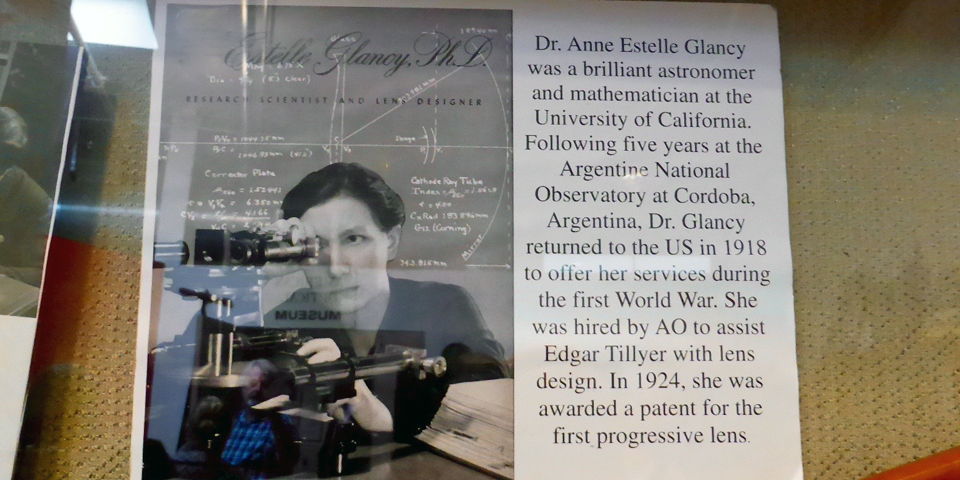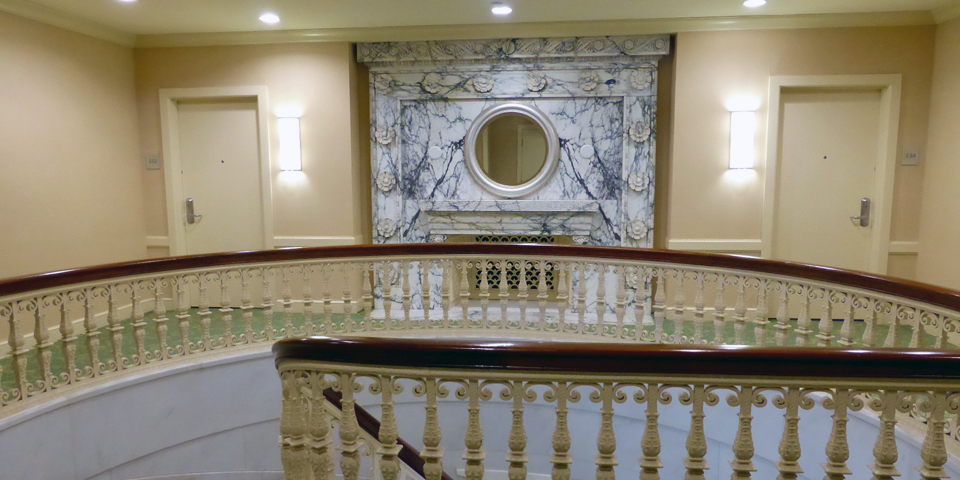Old Sturbridge Village: more than meets the eye
What better way to spend a day than strolling the grounds of one of the nation’s largest outdoor living history museums, Old Sturbridge Village? It portrays life in rural New England in the 1830s and has attracted over 21 million visitors since it opened on June 8, 1946.
Signs along the pathway set the mood for the village coming into view.
The sound of a horse-drawn stagecoach, the kind that carried mail and passengers between New England towns foreshadows the emerging view of a village common where costumed historians bring it all to life.
There are over 200 acres with forty historical buildings to explore, places like meeting houses, a working farm, a general store, hearthside kitchens, water-powered mills, banks, and schools.
You can watch skilled craftsmen make buckets and barrels, pottery, tinware, and iron tools. Though the terms were not used then, this was an age when sustainable living and farm-to-table dining were necessary components of everyday life.
Today’s Old Sturbridge Village is a place where you can enjoy the beauty of the nature trails, savor New England fare in the tavern and return home with something unique from the shops. But how did it come about?
It all goes back to the Wells family, owners of American Optical Company in neighboring Southbridge. Their interest in early Americana was the beginnings of this entertaining and educational gem.
American Optical’s success enabled the Wells family to become avid collectors and travelers. A. B. Wells began collecting handmade Early American household items and unique devices in 1926 when friends persuaded him to take a look at some local antiques in Vermont when rain kept them from playing golf. Cheney Wells collected early American clocks and timepieces and Channing Wells collected fine furniture. Their collections eventually outgrew their homes.
Their travels had taken them to places like the original open-air living history museum, Skansen, in Stockholm, Sweden, which was founded in 1891. Henry Ford created Greenfield Village in Michigan in 1928. The Rockefeller’s Colonial Williamsburg opened in Virginia in 1934.
The Wells family decided to share their collection in a similar way by creating a model working village with costumed interpreters who demonstrated how people lived and how they made and used the items in their collection. The project was led by A.B.’s son George, and his wife Ruth Dyer Wells, who became the first director.
They bought a 153 acre farm with a sawmill, gristmill, millpond, meadow, and potential for water power. They searched for buildings to move to the site. Old Sturbridge Village opened in 1946.
The immense brick complex that was once the main plant of the Wells’ American Optical Company is now home to the Southbridge Hotel and Conference Center. The interior decor reflects the optical heritage.
There are lens-like shapes in the wall decor, the contours of lamps and in lighting fixtures.
Names like Visions Restaurant, Focus Fitness Center, Prism Auditorium and Shades, the full-service lounge are found throughout the facility.
A “Too Early to Focus” card with a plastic eyeglass frame dangled from the doorknob. No conventional “Do Not Disturb” sign here!
It was there we learned about a hidden gem of a museum brimming with local history.
The Optical Heritage Museum is easy to miss, tucked away inside the nondescript 12 Crane building. It is in the historic district, behind the Flatiron Building, circa 1879, where locals and visitors in the know gather at Sturbridge Coffee Roasters for one of the best freshly ground coffee around. Stop for a cup and proprietor Elvis Dyer will point you in the right direction.
The museum is staffed by people who worked at or have links to AO and have stories to tell. Dick Whitney worked at American Optical when its last division closed in the late 90s and now works in a Main Street office for ZEISS, which markets AO lenses.
He realized the importance of saving artifacts from the company’s 150 year history and when the plant was facing demolition stored things left behind until a proper place could be found.
Whitney, now curator of the Optical Heritage Museum, showed us the collection which has expanded with donated artifacts. He began with American Optical’s Lensometer, first sold in 1921, which uses telescopic lenses to measure distant vision. It set the industry standard for accuracy in measuring the correct eyeglass prescription with principles still used today. The company is best known for its rapid growth producing precision ophthalmic lenses, cylindrical and compound lenses, and full-view frames and bifocals.
It was through Whitney and volunteer guide Rumsey Smithson that we came to understand more about the impact of American Optical not only on vision but on American history, as well. Whitney has two websites, www.opticalheritagemuseum.org and dickwhitney.net, where he chronicles AO’s contributions to “ophthalmic instruments, eyeglass frames, safety eyewear, fiber optics, contributions to WW1, WW2, Korea, Vietnam, Desert Storm, instruments, medical devices, and Todd-AO movie projection and sound.”
Eyeglass frames were once made in Europe of gold or silver and sold by jewelers. When the War of 1812 cut off European supplies, American jewelers began to make their own.
William Beecher, who apprenticed in a jewelry store in Providence, Rhode Island, opened a jewelry store in Southbridge, Massachusetts in1826 and set up a spectacle shop on the second floor. He began making coin silver spectacles in 1833, which is considered the founding year of AO. In 1839 Beecher crafted the first thin steel spectacle frames in America.
Steel-framed spectacles were more affordable and soon outsold the rest. Beecher expanded and competitors opened shops nearby. Southbridge became a center of American spectacle-making and was known as the “Eye of the Commonwealth.”
Beecher’s apprentice, Robert Cole, went on to buy his own company. He hired a talented apprentice, George Washington Wells, who was soon inventing new machines and production methods.
When Cole refused to raise Wells’ pay Wells invested in part of a competitor’s business. The two eventually merged in 1869, creating American Optical Company.
By 1879 Wells, 33, had a controlling interest in American Optical. His advances in lenses and ophthalmic instruments built the company into the largest optical company in the world.
Wells bought a former textile mill with water rights on the banks of the Quinebaug River for the main plant. It grew to 17.5 acres of floor space in 36 connected buildings. George Wells was awarded many more patents and his three sons — Channing M., Albert B “A.B”., and J. Cheney Wells joined the company.
AO’s divisions made eye examining instruments, camera lenses, astronomical instruments, satellites and military optical instruments like missile tracking devices. They also made microscopes, medical devices, and related instruments.
One display at the museum features original reels from the film “Oklahoma.” The 1950s AO-Todd (as in Mike Todd, third husband of Elizabeth Taylor) film projection project created a high-resolution wide-screen 70 mm format for movies like this and “Around the World in 80 Days” to compete with Cinerama.
There are glamorous frames to see and evidence of celebrity appeal. A picture of Princess Diana in AO’s safety goggles is on display near an order for three pairs of glasses for President John Fitzgerald Kennedy that arrived the day he was assassinated.
AO also pioneered research in fiber optics. A plaque across the street from the hotel commemorates the first optical fiber laser and amplifier, developed by Elias Snitzer and colleagues in 1961 in the former American Optical complex and allowed messages to cross oceans without interruptions. Will Hicks, known as the Father of Fiber Optics, came to AO in the 1960s to code and decode messages for the CIA. The U. S. government later funded research for practical applications for fiber optic technology.
Commander Neil Armstrong and the rest of the Apollo 11 crew wore AO’s Original Pilot Sunglasses when they landed on the moon in 1969. Armstrong’s sunglasses are on display at the Smithsonian Air and Space Museum in Washington, DC
After returning home we went to Whitney’s and other websites like AOEyewear.com to read more about what we had seen. We learned that American Optical built mobile optical labs and supplied over 2.5 million pairs of glasses to the US troops and Allied Forces in Europe throughout World War I. During World War II AO supplied millions of aviation goggles, sunglasses, and pairs of lenses as well as precision optics like aviation gun sights and bombsights.
AO created the Monoplex Plastic Artificial Eye Division to fill the wartime demand for unbreakable artificial eyes and became a training center for oculists. The company was given the Army-Navy “E” Award for its role in national defense.
Much of the success was a result of hiring exceptional talent like Edgar “Doc” Tillyer, a top scientist in the field of optics, who headed research laboratory. Tillyer was granted over 150 patents for improving and protecting vision, including a lens design that corrected for aberrations right to the edge of the lens. During World War II he helped the Allies win the war with his work on night vision, a technology later used for the production of television, and worked on the development of atomic bomb. In 1953 the Optical Society created Edgar D. Tillyer Medal in his honor.
Dr. Anne Estelle Glancy, a former astronomer and mathematician, was hired to work with Tillyer. She, too was awarded many patents, including work on vision measurement, camera, telescopic, and military lenses, and in 1924, on progressive lenses. Tillyer, inspired by Glancy’s auditory impairment, invented a device to improve hearing.
American Optical became a publicly traded company on the New York Stock Exchange in 1951.
As foreign competition grew, division after division was sold or closed and manufacturing moved to places like Mexico. American Optical lenses are now marketed by Zeiss, which is now a sponsor of the Optical Heritage Museum.
Southbridge was economically devastated when American Optical ceased local operations. The plant remained vacant for two decades until the town won a government grant to build an $84 million state-of-the-art technological conference facility in the former main plant. The Department of Defense signed a twenty year lease to use it as a training center.
marble fireplace and staircase at the Southbridge Hotel, preserved as part of the American Optical building
American Optical’s historic clock-tower, facade, elegant foyer, and marble stairway were painstakingly restored in tribute to AO’s history. The Southbridge Hotel and Conference Center was designed with added amenities for the comfort of Defense Department workers during nearly two-week stays.
It opened in 2001 with 203 spacious and well-appointed guest rooms, a 4,800 square foot ballroom, and a 250 seat auditorium. The health club includes an indoor pool, hot tub, sauna, steam room, racquetball and basketball courts, and the latest fitness equipment. The 24,000 square feet of meeting space is one of the most technologically advanced around and is staffed with onsite audiovisual technicians.
Guest rooms and conference spaces facilities are available to the public when not being used by the DOD. Use of pool tables, dart games and building-wide wifi is included.
For information on current promotions check the Southbridge Hotel website or call the hotel at 508-765-8000.

